The Genet comprises a group of small carnivores that live in Africa and Europe. Researchers classify these little predators as members of the Viverridae family, making them close cousins of civets and binturongs.
Within the Viverridae family, scientists recognize at least 14 different species of Genets, all of which they place in the taxonomic genus Genetta. Read on to learn about the Genet.
Description of the Genet
Though several different species exist, most Genets look relatively similar in appearance. They have short limbs, long bodies, even longer tails, and various spots and stripes across their coats.
Most have spots or blotches down their sides, and striped bands on their tails. Depending on the species, they weigh about 4 pounds on average, and measure about 2.5 feet long.
Interesting Facts About the Genet
Each species of these little animals is different and unique. Learn more about what makes them distinctive below.
- Cat-Like Carnivore – Though they look a little like wild cats, these animals are not members of the Felidae family. Instead, scientists classify them as Feliformia, or cat-like predators. Some other members of this suborder include hyenas, fossa, mongooses, and more.
- Ancient Ancestors – Scientists believe that Genets and civets are the closest living ancestor to the “original” carnivore. Their appearance, skeleton, and teeth, all look similar to the original ancestors of all modern carnivores.
- Stand Tall – The Viverridae family contains at least 38 different species. Out of all those cat-like creatures, only Genets stand on their rear legs, or bipedally. They stand up on their hind legs to reach food, climb, and more.
- Common Genet – The Common Genet is the only species that lives outside of Africa. Naturally these cat-like predators only lived in Africa and the Iberian Peninsula, but humans introduced them to Portugal, Spain, and parts of France.
Habitat of the Genet
Different Genet species occupy different types of habitats and ecosystems. Many species live in forested areas and climb trees to hunt or rest in the branches.
Some of the different types of habitats that these animals utilize include rainforest, grassland, savannah, scrub forest, and more. Most species prefer living in riparian areas, or habitats directly adjacent to water sources like streams, rivers, and lakes.
Distribution of the Genet
All living species of Genet lives in Africa, and the Common species also lives in a few adjacent areas. They live in most regions of Africa north or south of the Sahara Desert, though each species has its own distribution.
Some species, like the Common, live across wide areas. Other species, like the Johnston’s Genet, live only in a small area or region.
Diet of the Genet
Most of these animals are primarily carnivorous, which means that most of their diet consists of meat. The exact composition varies based on the species. Some species eat just about anything they can catch, while others feed primarily on one or two types of food, like fish. Location also impacts what their diet contains.
Some of their different prey items include mice, rats, birds, fish, lizards, frogs, insects, snakes, and more. In omnivorous species, they also feed on fruits, nuts, berries, seeds, and grasses.
Genet and Human Interaction
Human impact on populations of this little carnivore varies based on the species at hand. Though all Genet species face pressure in some way, these threats impact population numbers in some species. In others, scientists simply do not have enough data to identify true population numbers. Across species, primary threats include habitat destruction and hunting.
Domestication
Humans have not domesticated Genets, but people in some areas have kept them as pets.
Does the Genet Make a Good Pet
Generally, these animals do not make good pets. Some people keep them as pets, but they are wild animals. These creatures are not cuddly, they have sharp teeth and claws, and they have specific health requirements. In most places it is illegal to own one as a pet without the proper permits.
Genet Care
Zoos across the world keep different species of Genets in their collections. Their enclosures are relatively large with a variety of tall grasses, branches, artificial caves, and shrubs to hide in.
Because they are nocturnal, these creatures spend most of their time sleeping during the day. Zookeepers feed them a variety of different foods, including rats, mice, commercially produced carnivore diet, fish, fruits, and berries.
Behavior of the Genet
Genet behavior varies from species to species, and for many species researchers have never observed their wild behavior before. Scientists believe most are nocturnal, and active at night.
Outside of the breeding season they are solitary, though their territories border those of the opposite sex. When breeding season arrives, receptive females leave scent markings on the borders of their territory to attract mates.
Reproduction of the Genet
The breeding season varies by species and region. However, the reproductive rates are similar between species. After mating, the gestation period lasts between 2 and 2.5 months. Most Genets give birth in a burrow, tunnel, or other nest-like hiding place. Litters usually contain 2 or 3 kittens, which are blind and helpless at birth.
The kittens develop quickly, and open their eyes and ears between 1 – 2 weeks of age. The mother weans the kittens when they are about 8 weeks old, but they cannot capture their own prey until they are about 7 months of age. By the time they are a year old the kittens are fully grown and independent.


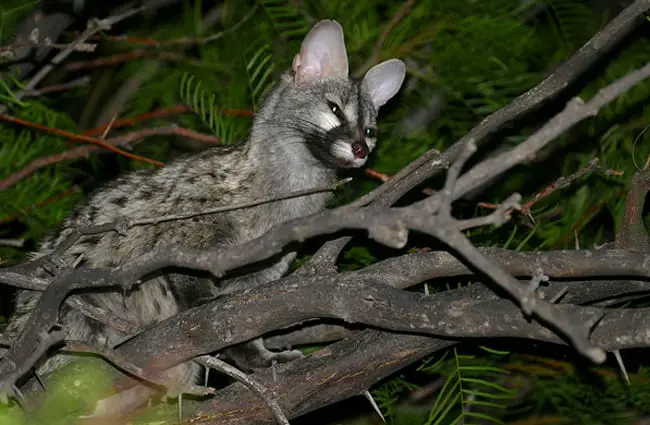

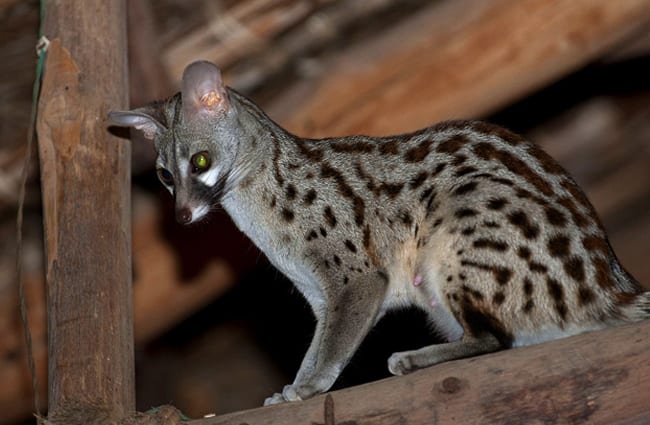

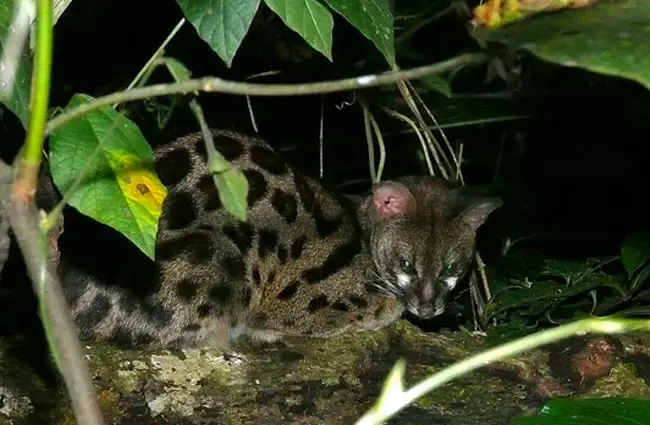

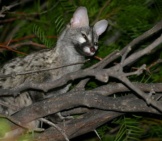

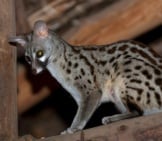
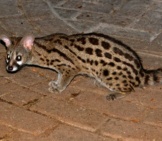
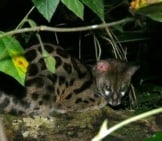
![Red Angus Closeup of a beautiful Red Angus cowPhoto by: U.S. Department of Agriculture [pubic domain]https://creativecommons.org/licenses/by/2.0/](https://animals.net/wp-content/uploads/2020/03/Red-Angus-4-238x178.jpg)












![Red Angus Closeup of a beautiful Red Angus cowPhoto by: U.S. Department of Agriculture [pubic domain]https://creativecommons.org/licenses/by/2.0/](https://animals.net/wp-content/uploads/2020/03/Red-Angus-4-100x75.jpg)

